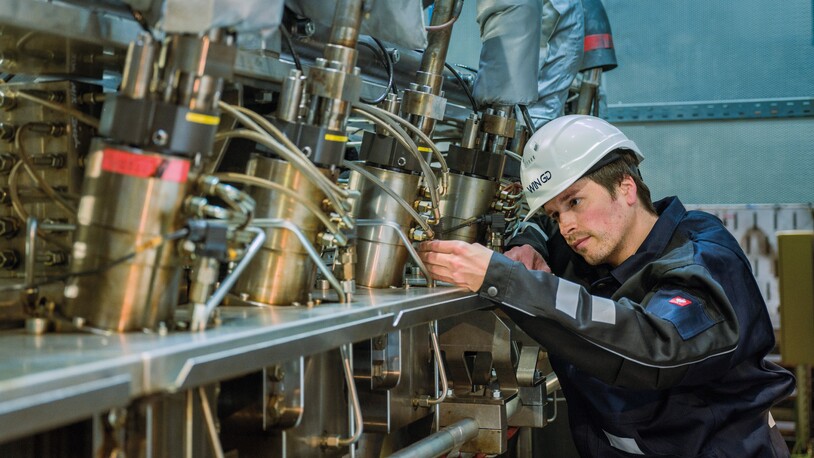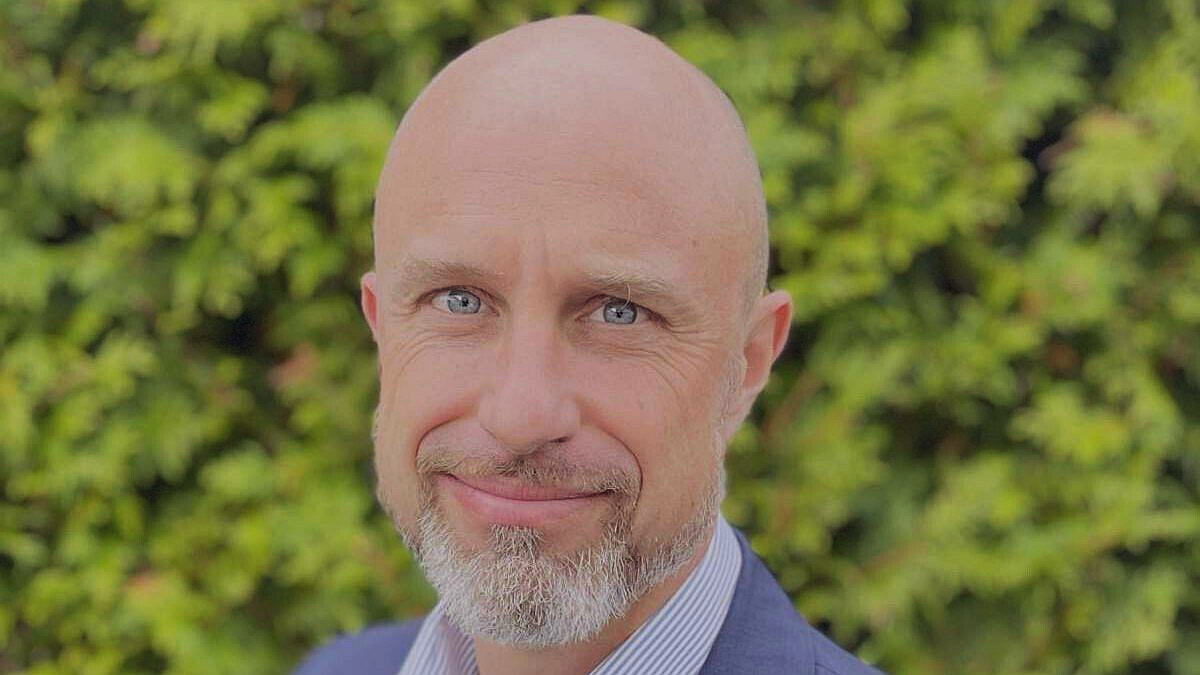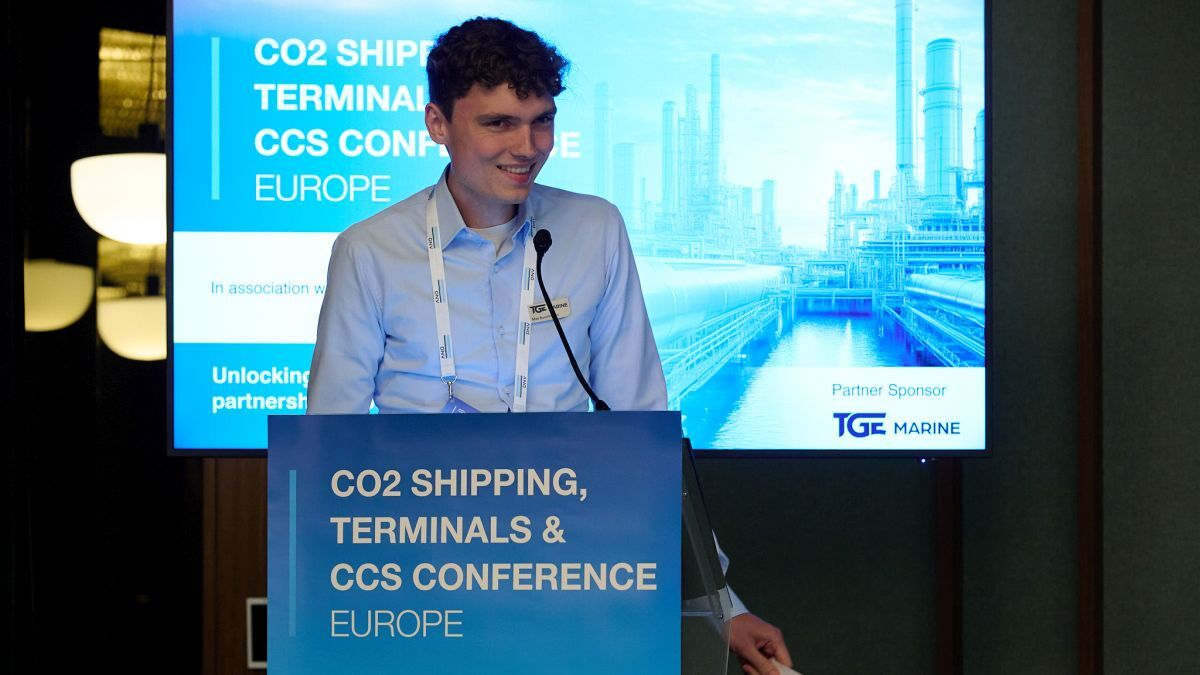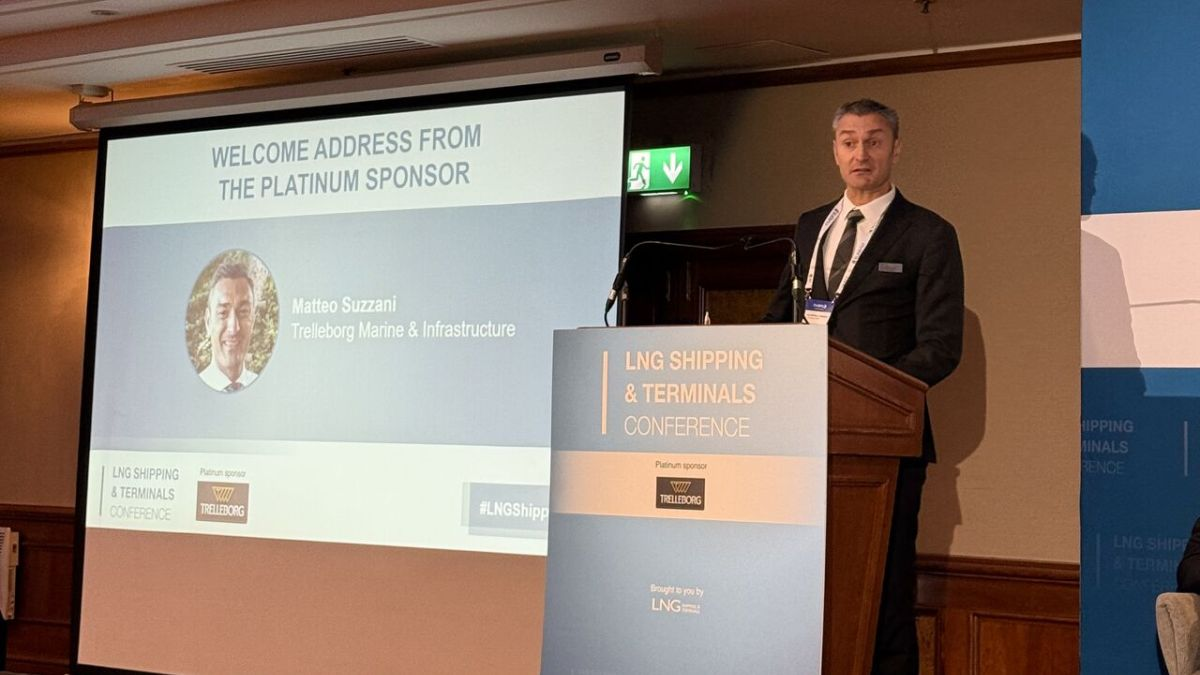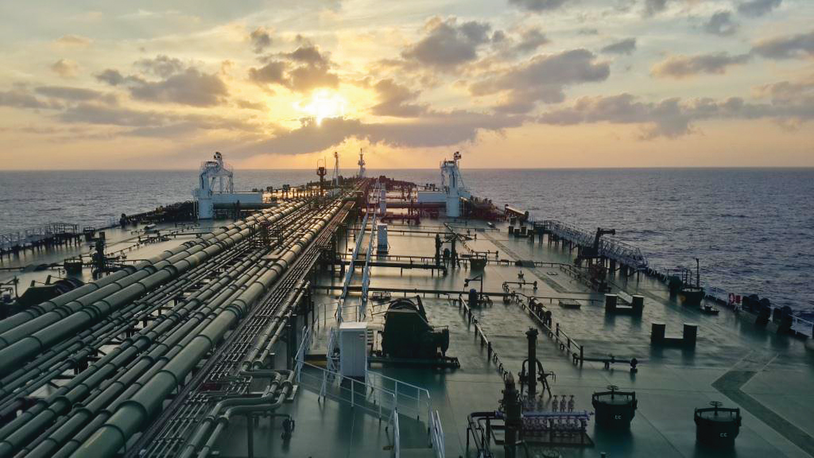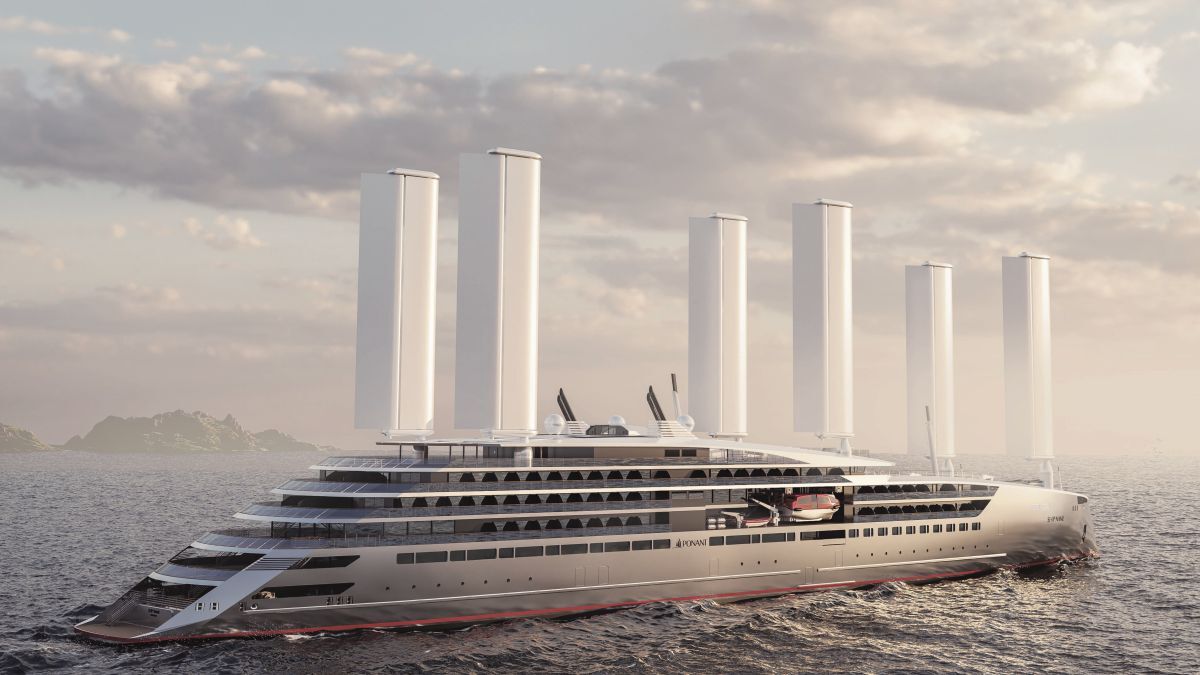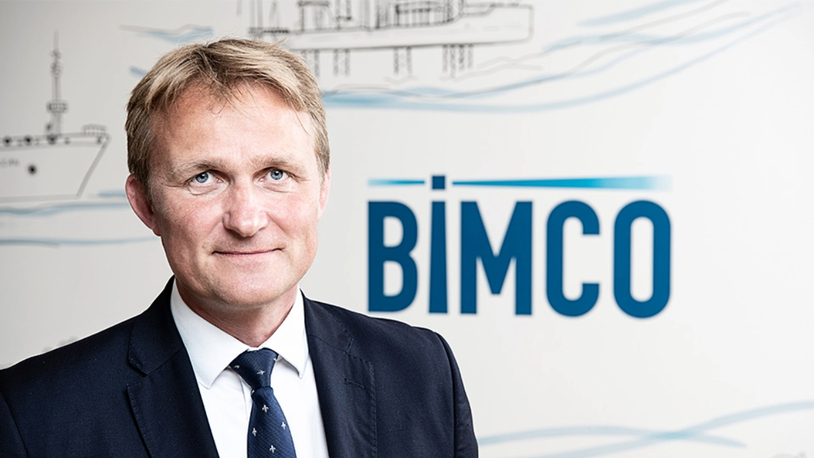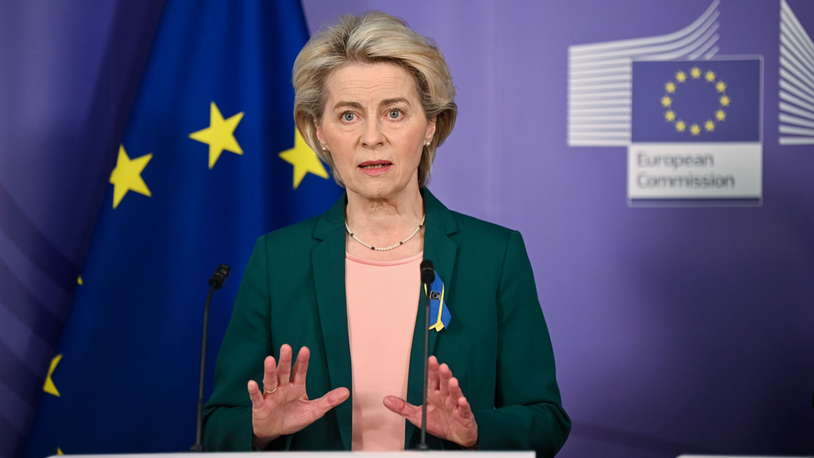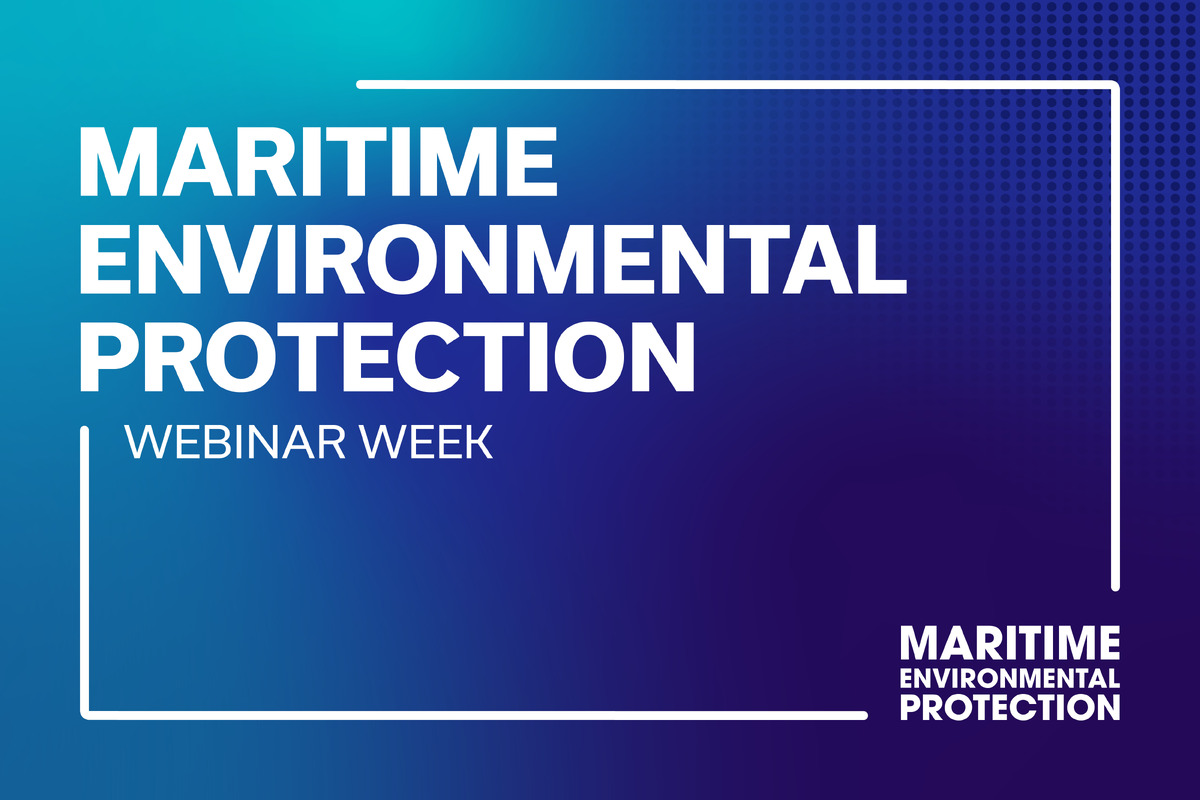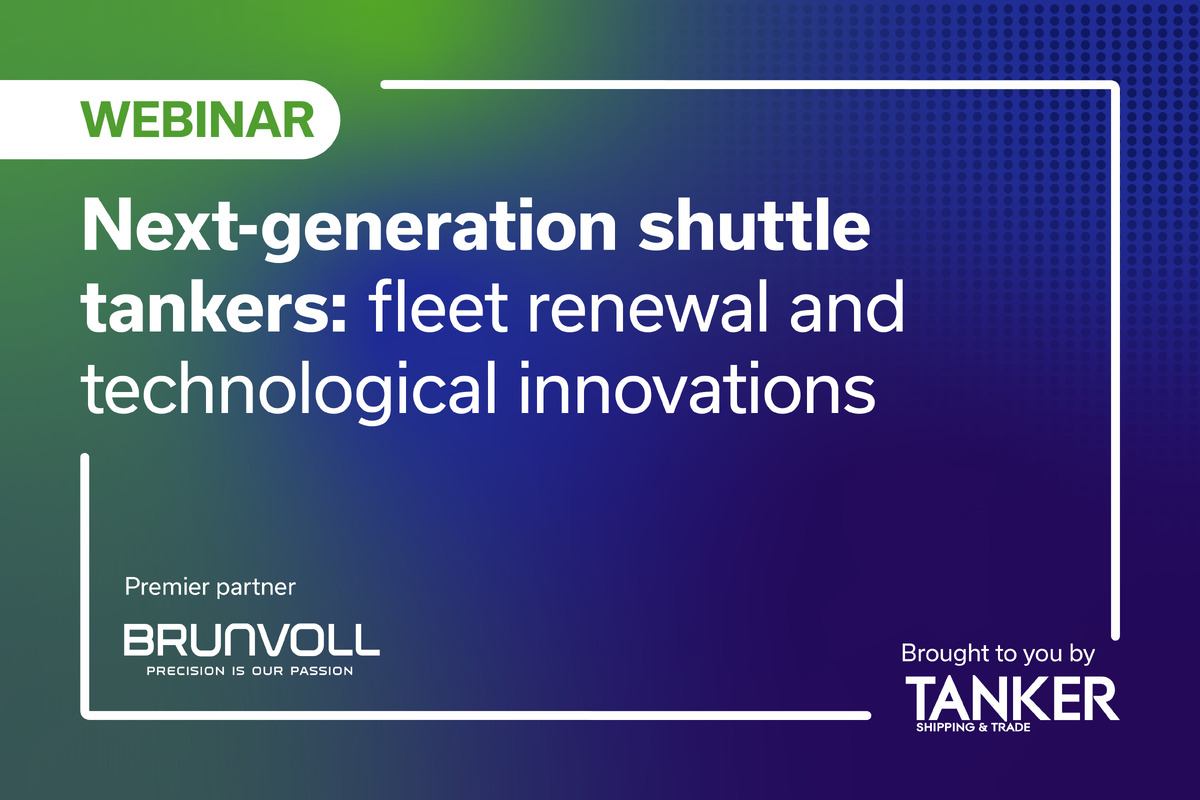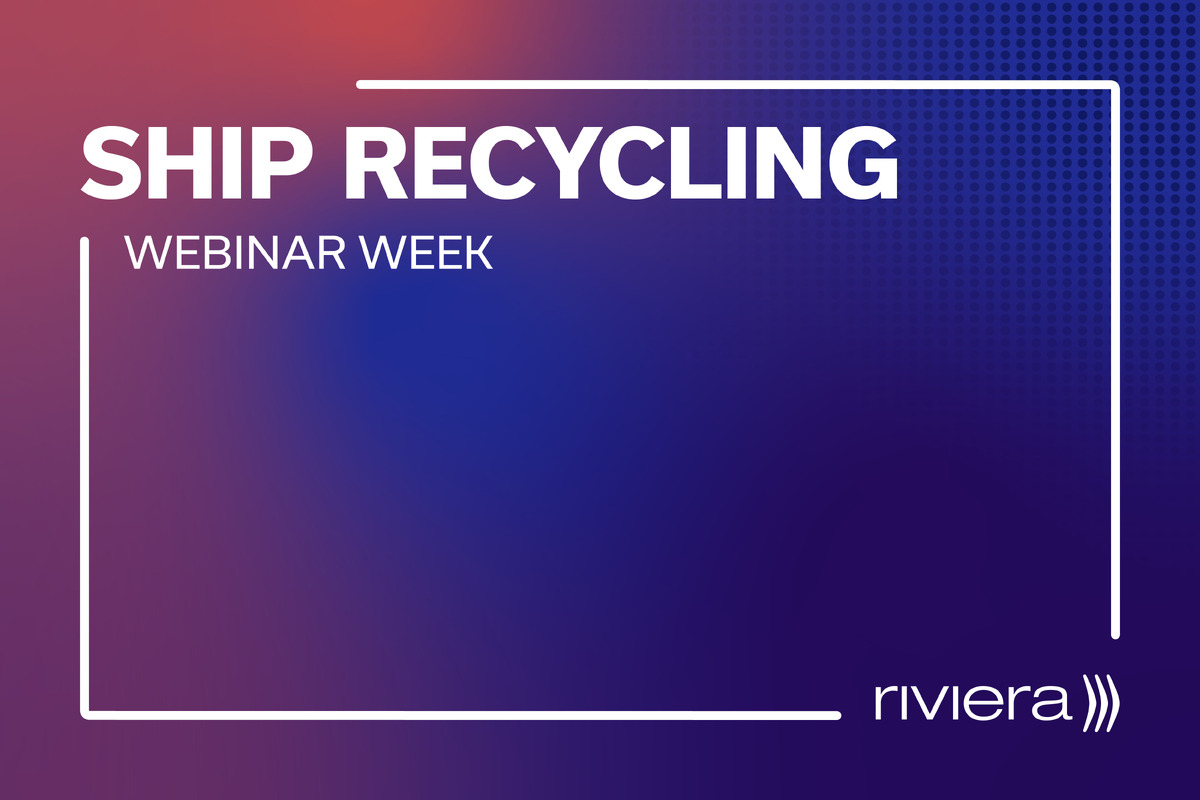Business Sectors
Events
Marine Coatings Webinar Week
Contents
Register to read more articles.
CO2 shipping needs frameworks to unlock scale
This emerging tanker sector is progressing, but future growth depends on resolving regulatory and commercial barriers through the alignment already recognised by industry stakeholders
The CO2 shipping sector is progressing, but its momentum is constrained by unresolved issues that stretch across the capture-to-storage value chain. Riviera’s CO2 Shipping & Terminals Conference focused on the state of the industry and delegates agreed that the industry is not held back by ambition or technology, but by the lack of a unified framework capable of supporting cross-border CO2 transport at scale.
Despite this, there was a strong consensus that the challenges are well understood. Technical designs for ships are in place. Permitting of storage sites is advancing. Project developers are committed. The sector is not suffering from inertia; rather, it is paused at a point where alignment on liability, regulation and contract structure is required before commercial viability can follow.
Current projects tend to focus on fixed-route shipping, often with government backing. While these early schemes are moving forward, they are not yet establishing the basis for a flexible, open-access CO2 transport market. Stakeholders are aware that unless the emerging regulatory and contractual architecture evolves beyond the needs of individual projects, a fragmented patchwork could become entrenched.
The treatment of CO2 as a commodity remains unclear in many jurisdictions. Ownership, responsibility and transfer points are subject to varying interpretations, which in turn hinders the ability to finalise contracts. Without harmonised standards for monitoring, reporting and verification, the prospect of a functioning CO2 shipping market remains distant. However, the issues have been clearly identified, and discussions have already moved from diagnosis to solution-mapping.
One area of progress is the recognition that regulatory improvements must span multiple jurisdictions. As CO2 transport often involves cross-border movement, national frameworks will need to interact effectively. The inclusion of maritime CO2 transport within the EU Emissions Trading System is a helpful development, but one step among many.
Contracting delays — particularly where infrastructure is ready but volumes are lacking — highlight the importance of regulatory clarity and financial de-risking. Several participants indicated that market development depends not only on ship and terminal availability, but also on emitters having confidence in the durability and compatibility of future regulations.
There was also a shared understanding that these are not insurmountable problems. Early projects may proceed within their own frameworks, but future developments will benefit from the lessons being learned now. The visibility of these issues at an early stage gives the sector time to respond before inefficiencies are baked into long-term arrangements.
Future editions of the CO2 Shipping & Terminals Conference are likely to reflect this forward movement. As frameworks mature and stakeholder co-ordination improves, the issues raised in this year’s discussions will serve as reference points for progress rather than barriers to growth. The foundations are being laid not only for isolated projects, but for a viable market. Alignment remains the missing piece, but it is no longer missing from the conversation.
Riviera’s CO2 Shipping, Terminals & CCS Conference, Europe will be held in Milan on 8 September 2025. Use this link to register your interest and attend the event.
Related to this Story
Ponant partners on integrated energy system
Events
Marine Coatings Webinar Week
Maritime Environmental Protection Webinar Week
Ship Recycling Webinar Week
© 2024 Riviera Maritime Media Ltd.

